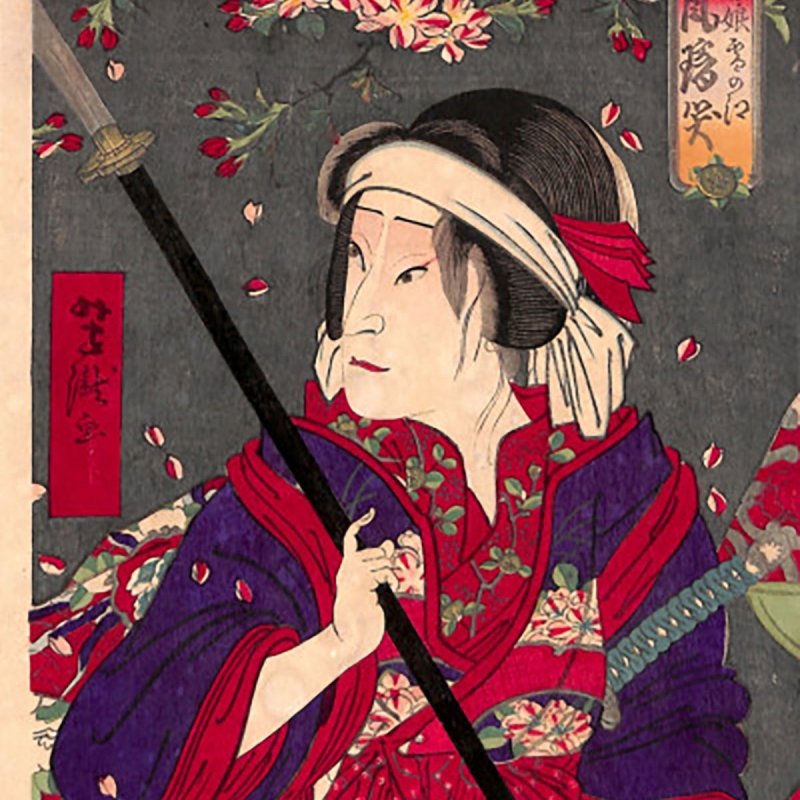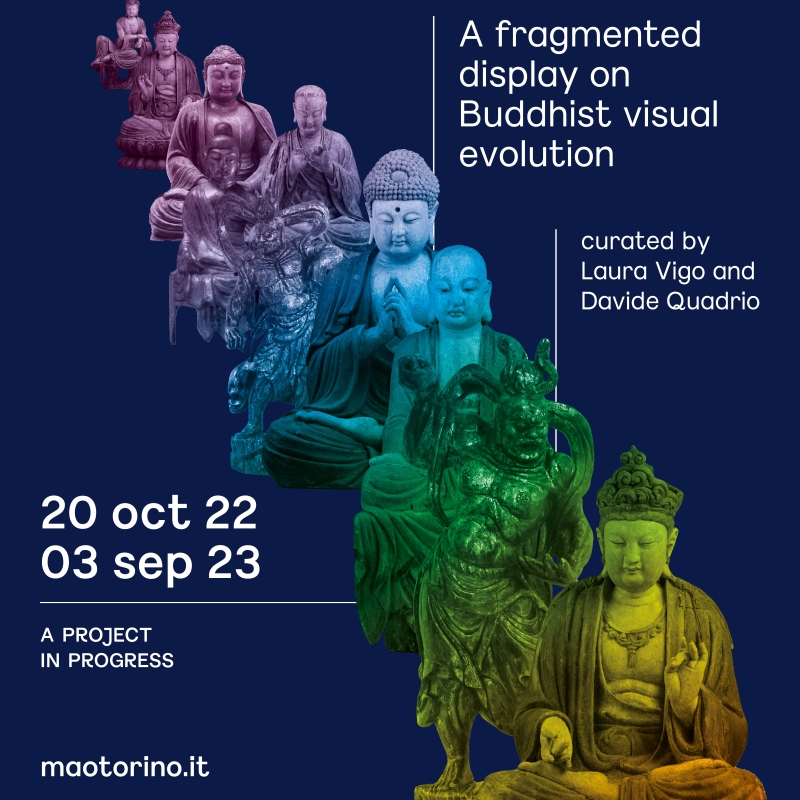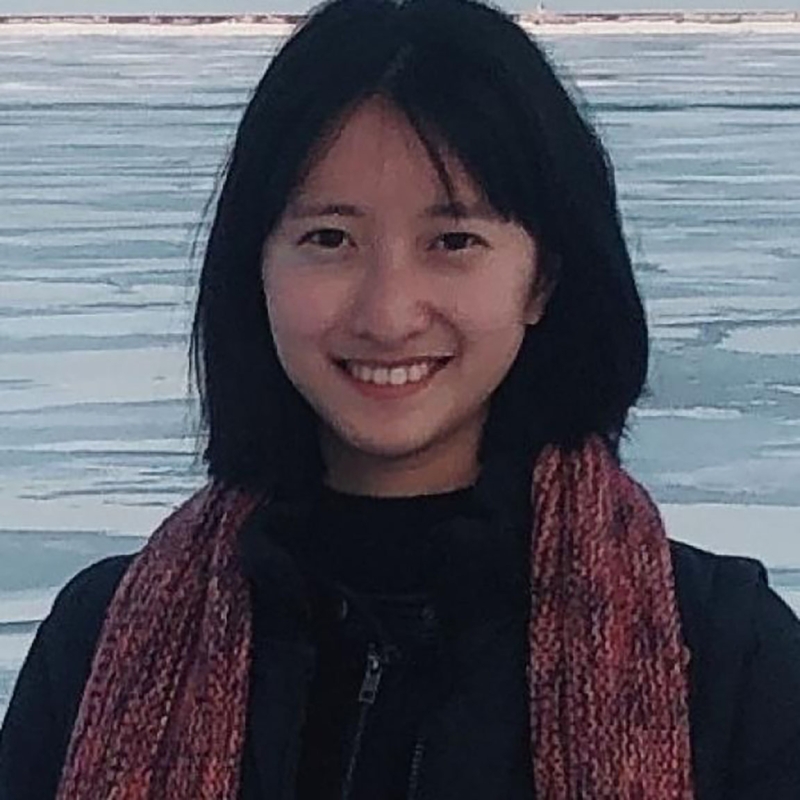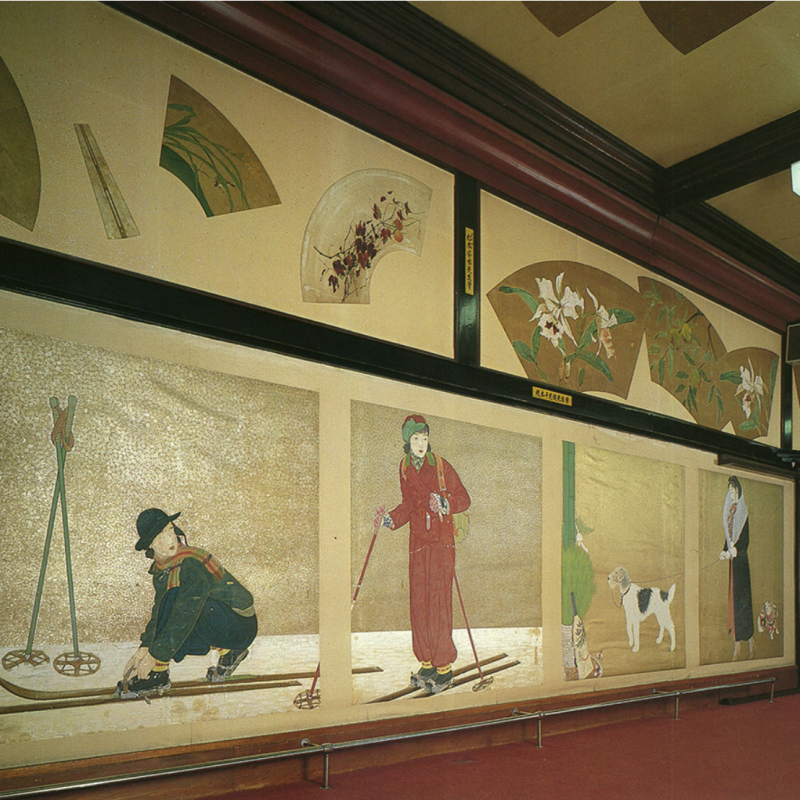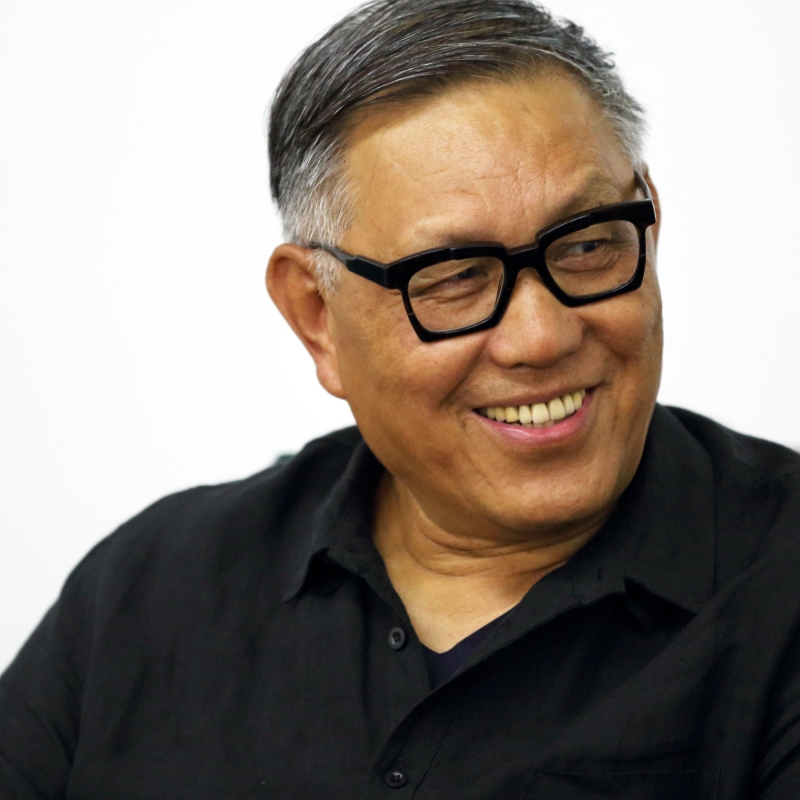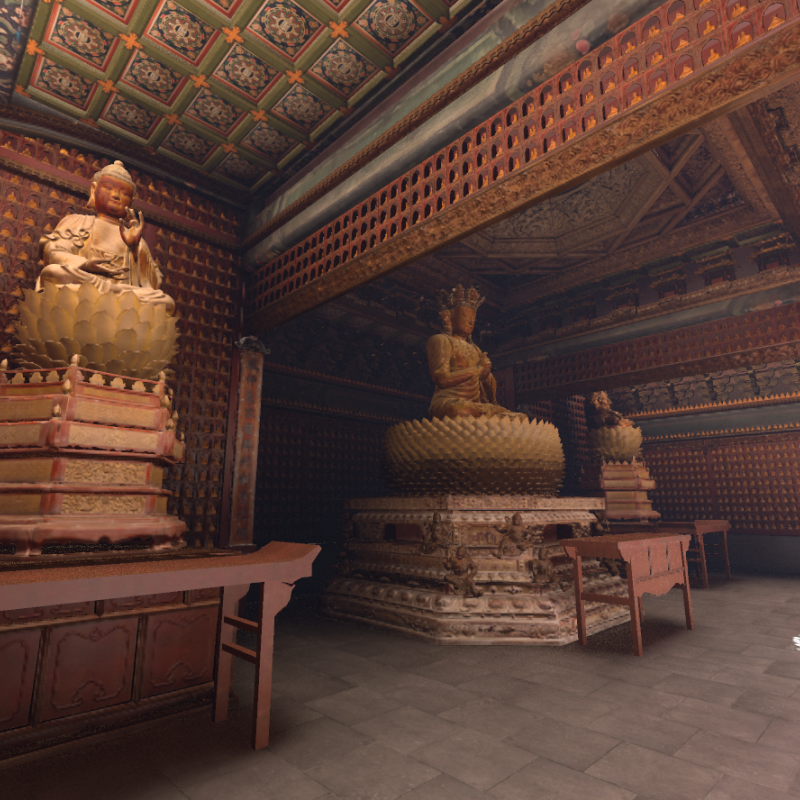Buddha10, Exhibition in Torino Italy open until September 2023
October 20, 2022

Buddha10: A fragmented display on Buddhist visual evolution
curated by Davide Quadrio and Laura Vigo
October 20, 2022 – September 3, 2023 Museo d'arte orientale (MAO) Asian Art Musem, Turin (Italy)
How were the ritual objects in the MAO permanent collection originally used and perceived, and what were their meanings? Why and how did they become part of the museum’s collection—and those of other Asian art museums in Europe?
And further: what are the issues raised by conservation and restoration, subject as they are to tastes and methods that change over time? And what is the relationship between Buddhism and new technologies?
These are the questions underpinning the new exhibition
Buddha10. A fragmented display on Buddhist visual evolution, a project that starts from the works in the permanent collection to take a broader look at issues that touch on the museum, its collections, and what it means to manage, preserve, and showcase Asian artistic heritage in a western context.
The MAO permanent collection comprises about 2,300 objects of varied geographic and cultural provenance. The section with the greatest number of objects is the one devoted to China, most of which are works and artifacts from the ritual sphere and the funerary and religious contexts, including a few extraordinary Buddhist sculptures never before shown to the public, which will be on view for the first time in this exhibition.
In an elemental, evocative space in the galleries for
temporary exhibitions, more than twenty large wood
and stone Buddhist statues from different periods (between the 12th and 19th centuries) from the MAO collection will be displayed alongside a few sculptures—including two extraordinary stone heads from the Tang Dynasty (618–907 CE)—from the Museo delle Civiltà, Rome, with which MAO has begun a fruitful and complex collaboration, and a major loan from the Museo Chiossone, Genoa.
Some of the works will be placed in dialogue with one another, others in contrast, in a dialectical and diachronic relationship that opens reflection on multiple themes: the relationship between true and false and between science and religion, the capacity of restoration to reveal and conceal, the way two different types of restoration can profoundly modify two similar works, the role played by light in the experience of artworks, and much more.
Visitors will also be offered a VR experience of Cave 17 of the Buddhist temples of Tianlongshan, from which some of the works on display come. The project will provide a further layer of understanding of this archeological site and its objects. The 3D reconstruction was made in collaboration with Center for the Art of East Asia of the University of Chicago.
We will be joined in our reflection on restoration and its meaning in the context of Asian artistic heritage, seen from a decolonial, rather than western, perspective, by the Centro Restauro della Venaria Reale, one of the most important centers for restoration in Italy and the world, which carried out the complex and profound restoration of the works for Buddha10, returning them to a state of conservation that would permit their public display.
Some of the restoration work will also be carried out in the exhibition space and visible to the public, giving visitors the opportunity to see this delicate process firsthand.
The exhibition will begin with a site-specific project by the botanist and scholar Stefano Mancuso, professor at the University of Florence and founder of the International Laboratory of Plant Neurobiology, which is devoted to the study of plant behavior, and the artist and designer Andrea Anastasio, who together created a garden designed to welcome visitors and purify the air. Visitors will be asked to spend a few minutes in this space before entering the exhibition, to “purify” themselves and take part in a kind of ritual or process aimed toward building the awareness necessary for engaging with the sacredness of the objects on display in the galleries.
Buddha10, like Il Grande Vuoto before it, is an open, fresh, continuously developing exhibition, a project that lays bare its analyses and processes but does not advance definitive conclusions. Through this exhibition, the museum aims to position itself as a place where the relationship between museum object and visitor is perennially questioned. The object itself complicates its own meaning: it is the viewer’s task to perceive its contradictions, sense, and profound value.
In the spring, the exhibition will undergo a radical transformation, with new contributions from scholars and artists and the change of many of the works on display: visitors are therefore invited to return to the museum multiple times, to discover new works and new avenues for reflection.
To support this dynamic, intercultural approach, the exhibition will be enriched by works by contemporary artists, offering new readings and reflections on the museum’s collection, its use, and its perception by the public. The artists include Lu Yang, Xu Zhen, Wu Chi-Tsung, Charwei Tsai, and Zheng Bo, among others, and their works will be an integral part of the exhibition. In particular, Zheng Bo’s installation Drawing Life is also part of the exhibition The Mountain Touch at the Museo della Montagna, while Charwei Tsai’s Ah is one of three installations in the project So Will Your Voice Vibrate created for Artissima Internazionale d’Arte Contemporanea, Turin, in collaboration with GAM and Palazzo Madama.
The exhibition will be further enriched by site-specific projects and musical performances by Italian and international artists, including Lee Mingwei and Amosphère.
The exhibition will benefit not only from its collaboration with the Venaria Reale center for restoration but also scholarly contributions from experts in various fields, including Puay-Peng Ho, Director of the Department of Architecture, Design, and Environment, University of Singapore; Wu Hung, Harrie A. Vanderstappen Distinguished Service Professor of Art History and the College and Adjunct Curator, Smart Museum of Art, University of Chicago; Laura Vigo, Curator of Asian Art and Archaeology, Montreal Museum of Fine Arts and Professor of Chinese Art, Université de Montréal,
Canada; Maria Luisa Giorgi, Curator, Museo delle Civiltà, Rome; Loretta Paderni, Curator, Museo delle Civiltà, Rome; You Mi, Professor of Art and Economies, University of Kassel/documenta Institute; Francesca Tarocco, Professor of Archaeology, Art History and East Asian Philosophies at Ca' Foscari University, Venice, and Visiting Associate Professor of Buddhist Cultures, NYU Shanghai; Filippo Comisi, Contract Professor of Chinese Archaeology and Art History, University of Macerata; Claudia Ramasso, Curator, Southern Asia and South-East Asia, MAO Museo d'Arte Orientale, Turin.
Starting with this exhibition, MAO is putting its commitment to a greener approach to exhibition activity into practice. Buddha10 takes environmental impact into account and its presentation was conceived from the perspective of sustainability: deliberately avoiding the “disposable”, all the components of the exhibition design were conceived based on the possibility of future use. The project for the exhibition design is by dArk Studio.
On the occasion of the Buddha10 exhibition, Chiara Lee & freddie Murphy propose a public program that starts on the evening of the inauguration of the exhibition, October 19th, and continue until the summer: not just concerts, but rather a traveling collective sound ritual, officiated by artists from the Asian continent and the related diaspora.
Complete public program listing
Full English Press Release with collaborating organizations
